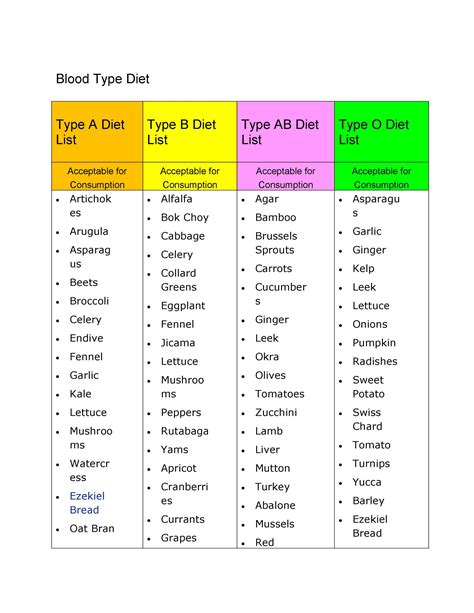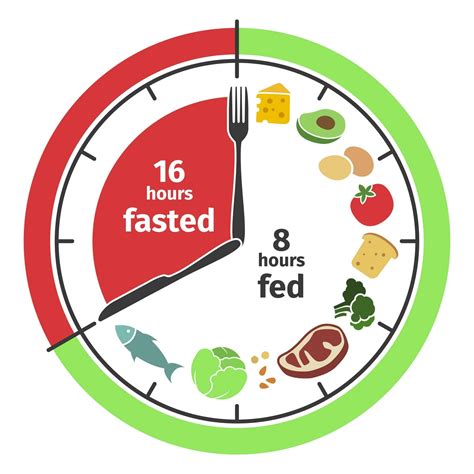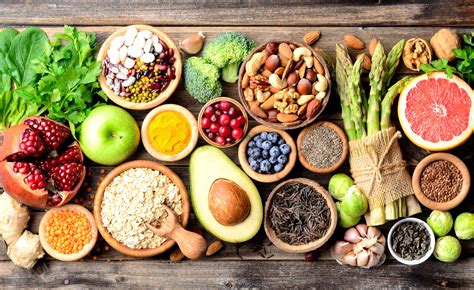Discover the benefits of a locavore diet, find local food sources, and get tips for successful meal planning in this comprehensive guide.
Understanding Locavore Diet
Contents
The Locavore Diet is a type of diet that emphasizes eating foods that are locally produced and sourced. This means that individuals who follow a locavore diet aim to consume foods that are grown or produced within a certain radius of their home, typically around 100 miles. The primary goal of the locavore diet is to support local farmers and businesses, reduce the environmental impact of food transportation, and to promote a more sustainable and ethical approach to food consumption.
One of the key principles of the locavore diet is to prioritize foods that are in season and readily available within the local area. This often means consuming a diet that is rich in fruits, vegetables, and grains, as these are typically more abundant and accessible in local markets. By focusing on seasonal produce, locavores are able to enjoy a diverse and varied diet that aligns with the natural rhythms of the local environment.
Another important aspect of the locavore diet is the avoidance of highly processed and industrially produced foods. Locavores tend to favor whole, unprocessed foods that are free from additives and preservatives. By choosing foods that are minimally processed, locavores can enjoy the full nutritional benefits of their local produce and support sustainable food production practices.
Overall, the locavore diet is a mindful and intentional approach to food consumption that prioritizes local, seasonal, and sustainably sourced foods. By embracing the locavore diet, individuals can play a vital role in supporting local economies, reducing their environmental impact, and enjoying a diverse and nourishing diet that reflects the unique flavors and offerings of their local area.
Benefits of Locavore Diet
Embracing a locavore diet is not just a trend – it comes with a plethora of benefits for both individuals and the environment. One of the main advantages of following a locavore diet is the reduced carbon footprint. By consuming food that is locally sourced, transportation emissions are minimized, leading to a more sustainable and eco-friendly dietary choice.
Furthermore, eating locally grown produce and meats means that the food is fresher and more nutritious. Fruits and vegetables that are picked at their peak ripeness contain more nutrients, providing a healthy and flavorful dining experience. Additionally, supporting local farmers and businesses through a locavore diet helps to boost the economy and create a sense of community.
Another benefit of the locavore diet is the emphasis on seasonal eating. This means that individuals are encouraged to consume foods that are in season, which supports biodiversity and reduces the reliance on unsustainable agricultural practices. By aligning with the natural growing cycle, locavores can enjoy a diverse and constantly changing range of fresh produce.
Lastly, the locavore diet promotes a deeper connection to food and where it comes from. By visiting local farms, farmers markets, and participating in community-supported agriculture (CSA) programs, individuals can learn about the origins of their food and gain a greater appreciation for the effort that goes into growing and producing it.
Finding Local Food Sources
When starting a locavore diet, it’s important to find local food sources to ensure you are eating fresh, seasonal produce. One of the best places to start is by visiting your local farmer’s market. Here, you can find a wide variety of fruits, vegetables, and even meat products that are sourced locally. Not only does this support your community, but it also allows you to connect with local farmers and learn more about where your food comes from.
If farmer’s markets aren’t available in your area, consider joining a community supported agriculture (CSA) program. These programs allow you to purchase a share of a local farm’s produce, and each week you’ll receive a box of seasonal fruits and vegetables. This can be a convenient way to ensure you are getting a variety of fresh, locally sourced produce throughout the year.
Another option for finding local food sources is to visit nearby farms directly. Many farms offer pick-your-own options, allowing you to hand-select your own produce straight from the source. This not only provides you with the freshest fruits and vegetables, but it also gives you the chance to see firsthand where your food is coming from and how it is grown.
Lastly, don’t forget to check out local grocery stores and specialty food shops in your area. Many of these establishments carry locally sourced products and highlight them with special labels or signage. By shopping at these locations, you can support your local economy while enjoying the benefits of fresh, seasonal produce.
Meal Planning for Locavore Diet
Meal planning for a locavore diet involves sourcing, preparing, and organizing meals using local and seasonal ingredients. It is important to consider the availability of locally sourced produce and goods when planning meals for this diet. By incorporating a variety of fresh, local foods into your meal planning, you can support local farmers and reduce the environmental impact of food transportation.
When planning your meals, thorough research is important to ensure that you are using ingredients that are truly local and in season. Make a list of local farmers markets, community supported agriculture (CSA) programs, and local food suppliers in your area. This will help you to build a network of local food sources and stay connected to the seasonal availability of different ingredients.
Another important aspect of meal planning for a locavore diet is understanding the seasonal availability of different ingredients. Create a seasonal food calendar that lists the best times of year to find various local fruits, vegetables, and other goods. By understanding the seasonal cycles of local produce, you can plan meals that are not only fresh, but also sustainable.
Consider incorporating meal prepping into your locavore diet meal planning. By preparing meals in advance using local ingredients, you can ensure that you always have healthy and fresh options available. This can be particularly useful for busy individuals who may not have the time to shop for local foods on a daily basis.
Tips for a Successful Locavore Diet
When embarking on a locavore diet, it’s essential to set yourself up for success by following a few key tips. The first tip is to research local food sources in your area. This can include farmers’ markets, community-supported agriculture (CSA) programs, and local farms. By knowing where to find local produce and other products, you can ensure that you have a steady supply of fresh, seasonal ingredients for your meals.
Another important tip is to plan your meals in advance. This can help you make the most of what’s available locally and reduce the temptation to reach for non-local foods. Consider creating a weekly meal plan based on what’s in season, and make a shopping list to ensure you have everything you need on hand. Meal planning can also save you time and money in the long run.
Get creative in the kitchen is another valuable tip for a successful locavore diet. Use a variety of cooking methods to prepare your local ingredients, such as roasting, steaming, and grilling. Experiment with different flavor combinations and cuisines to keep your meals interesting and enjoyable. Don’t be afraid to try new recipes and explore unfamiliar foods that are locally available.
Lastly, connect with the local food community to gain support and inspiration for your locavore diet. Joining a community garden, participating in cooking classes, or attending food-related events can help you stay motivated and learn from others who are passionate about local food. Building relationships with local farmers and producers can also enhance your understanding of where your food comes from and how it’s grown.












